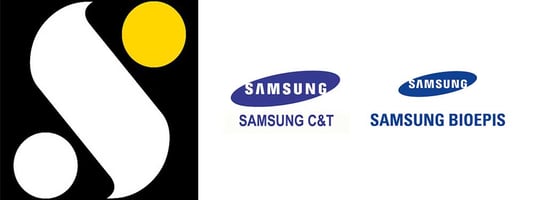Leading workplace consultant, Saracen Interiors has completed work at the new UK address for...
Changing attitudes, changing times
The wide scope of the recognised working age means that the office has always been a blended environment. However, expectations and attitudes have changed from what they once were and, regardless of our individual ages, most of us work differently to how we worked ten or twenty years ago.
The wide scope of the recognised working age means that the office has always been a blended environment. However, expectations and attitudes have changed from what they once were and, regardless of our individual ages, most of us work differently to how we worked ten or twenty years ago.
The concept of having a business meeting has also changed too. It certainly no longer necessitates sitting in a boardroom or an office.
As we are able to work anywhere, we can also pretty much meet anywhere too. We can even be in the same meeting but at different locations, providing we have the correct technical equipment.
Anything is possible with the right technology in place.
We can also work in other people’s offices and a lot of refurbishments and fit outs now cater for this practice, with space furnished and made available specifically for visitors to set up laptops and work alongside the company’s team.
This way of working would have been unheard of a couple of decades ago but now it’s fairly commonplace.
In fact, we are far more transparent in our relationships with clients and suppliers overall. For instance, the traditional model of the office used to favour a reception desk at the front, with a holding area for clients and visitors away from the general melee.
This controlled approach to visitors meant that those not on the payroll only got to see inside a meeting room and were seldom taken any further.
Now, most offices allow you access as soon as you step through the door, with many cutting loose the formal reception area and opting for a more inclusive style, in the very first instance, with no physical barriers between staff and clientele.
The changes aren’t just apparent in the free flowing office space either. The way we dress also reflects the drift away from previous conventions and formalities. Gone are the days when smart attire meant a shirt and tie.
Most directors and managers that we consult and advise are rarely formally dressed – with some sectors less formal than others – and we dress accordingly, when meeting with them, to reflect their preferred style.
The millennial generation, to a certain extent, has influenced these developments. It’s noticeable that in environments where the workforce is generally younger – media and technology, for example – the approach is most relaxed.
It‘s not just the younger, dynamic industries that have adopted these changes, however.
A more fluid style of working is now being championed and promoted across a growing number of industries because, in the main, we’ve all embraced these changes, regardless of the decade in which we were born.



